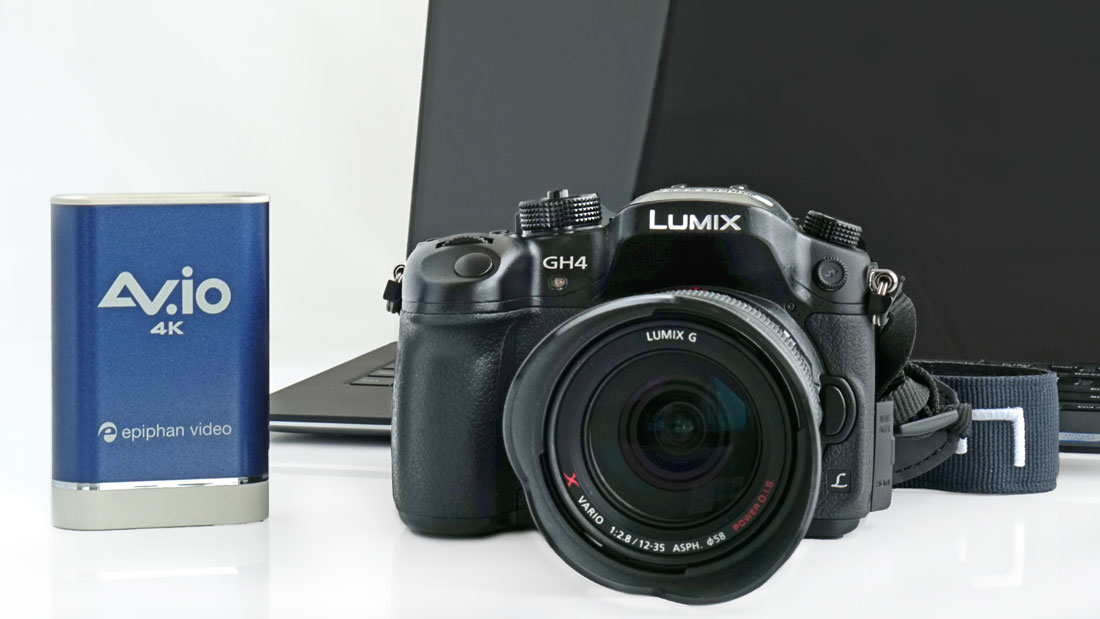
Quite the contrary, it is definitely possible to shoot with Cine D in many situations when you’re pressed for time and need to work under tight deadlines. Now, just because V-Log can match clips better does not mean Cine D is worthless.

In addition to the RGB parade, you can see that from the waveform of the image, Cine D tends to clip at some points making pulling any information from the clipped area virtually impossible. The flat nature of the profile also acts as a sort of baseline which can help GH5 shooters to match clips easily, even when being shot weeks or even months ago. This equality is what gives log its flat appearance. Long story short, after all the test footage and time taken to look at vectorscopes, it’s safe to conclude that V-Log is the undisputed winner, especially when it comes to detail retention.īased on the tests, the guys behind The Camera Department discovered that shooting in V-Log led to a more balanced image, hence the visual equality between the individual RGB channel graphs. The Camera Department discusses the topic by bringing out the scopes, determining once and for all whether or not you should go for shooting in V-Log or Cine D.

Panasoni gh4 lut upgrade#
So, is it worth paying extra cash for the V-Log L upgrade and what benefits does shooting in log provide in comparison to filming with Cine D? Then again, the camera also offers the Cine D picture profile which quite frankly looks pretty decent. That’s simply because shooting in this mode is claimed to provide a flat image, retaining more detail and making it easier to dial in the look you want.įor cameras like the GH5, Panasonic does allow you to shoot in their version of log (known as V-Log), although at an additional cost. When videographers are given a choice between shooting Log or any other picture profile, more often than not the decision goes to Log.


 0 kommentar(er)
0 kommentar(er)
